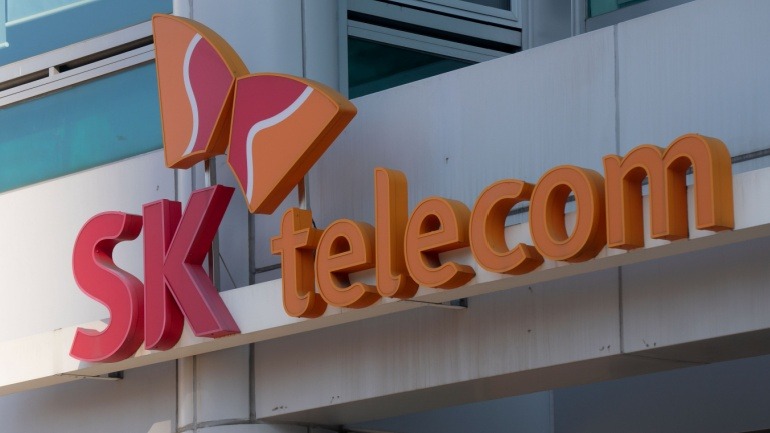In a recent analysis by ABI Research, the future looks bright for neutral host providers, with projections pointing to a significant revenue increase. By the year 2030, it’s estimated that neutral host connectivity will rake in revenues of around $1.3 billion. Although the current market size remains unspecified, this figure highlights the substantial growth potential for the sector.
Traditionally, neutral hosts have been associated with providing connectivity services to locations like campuses, office buildings, stadiums, shopping centers, and transportation hubs. However, a shift is occurring, with industrial manufacturing, logistics, warehousing, and energy sectors emerging as promising new markets. ABI Research suggests that these areas could account for over 65 percent of the projected revenue.
Leo Gergs, a principal analyst at ABI Research, emphasized the evolving role of neutral hosts and managed service providers in catering to diverse enterprise sectors. The shift towards digitalization, driven by rising energy costs and budget constraints, is spurring demand for these services. Companies are increasingly considering outsourcing their network infrastructure to cut costs and enhance efficiency.
The findings resonate with broader industry perspectives. Stefan Pongratz from Dell’Oro, reflecting on discussions at Mobile World Congress (MWC) Las Vegas, noted that the appeal of neutral host services extends beyond traditional venues. The advantages include cost savings, simplicity, scalability, and faster deployment times.
While precise predictions about the overall neutral host market remain elusive, other research, like a report from ResearchAndMarkets, forecasts the market’s value to reach $8.7 billion by 2028, with a focus on private deployments in the enterprise, industrial, and government sectors. This suggests that by 2030, the market could surpass this figure, making the $1.3 billion from connectivity a modest portion of a much larger pie.
This growth underscores a broader trend in telecommunications: the real value lies in the services enabled by connectivity, not just the connections themselves. As the market expands, neutral hosts will find themselves in a competitive landscape, vying against managed service providers, hyperscalers, and systems integrators to capture the value within this evolving sector.







